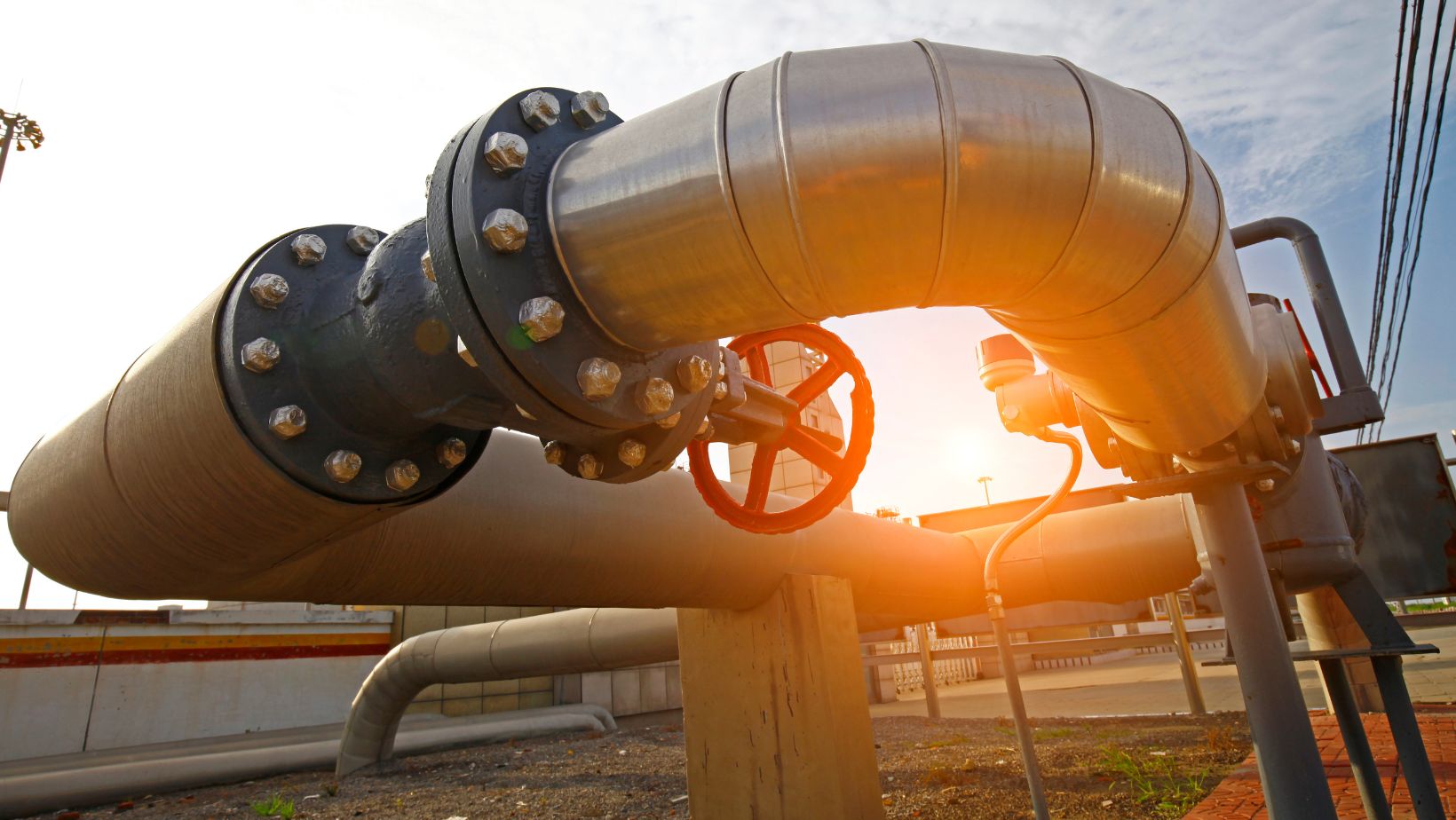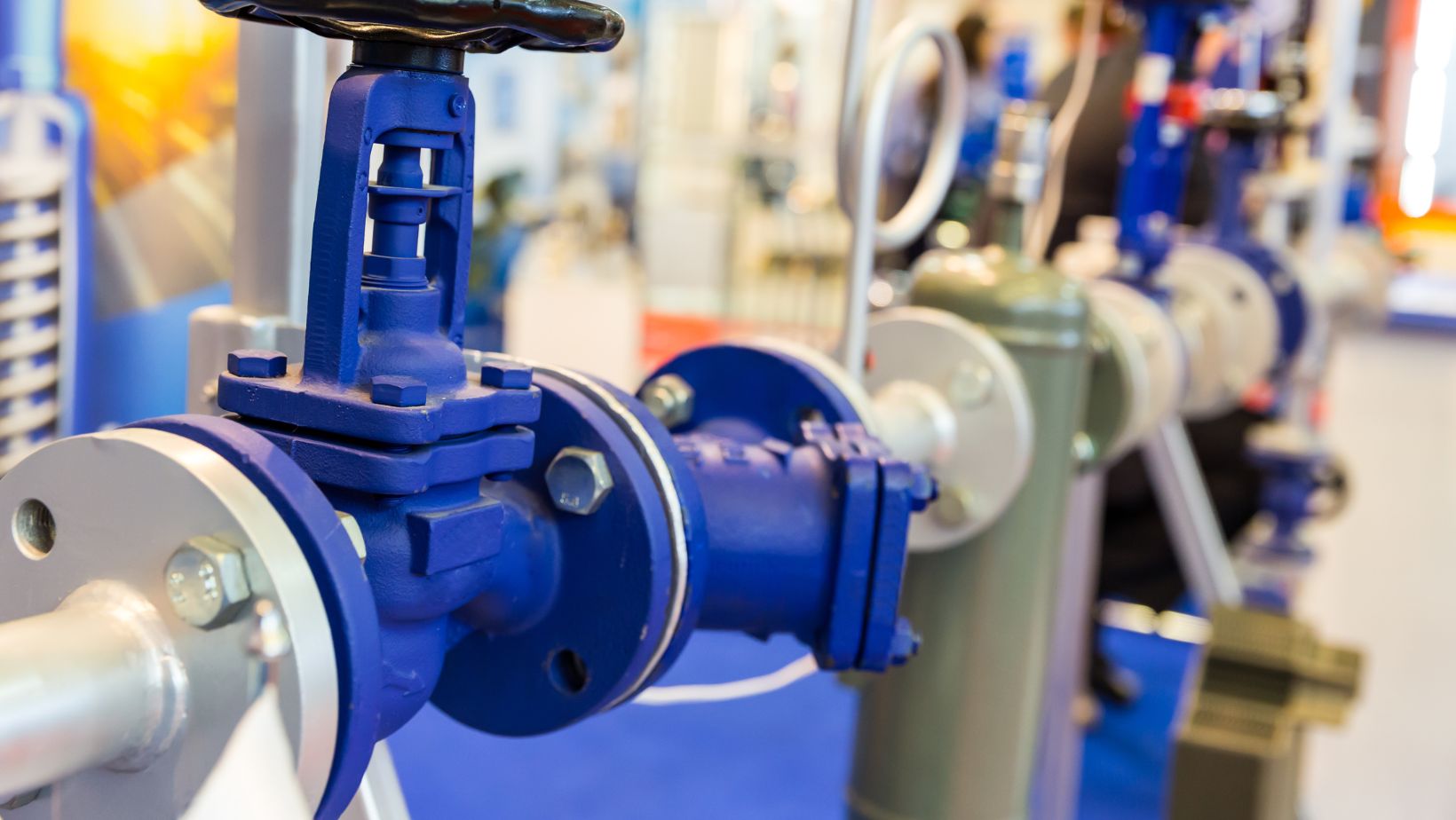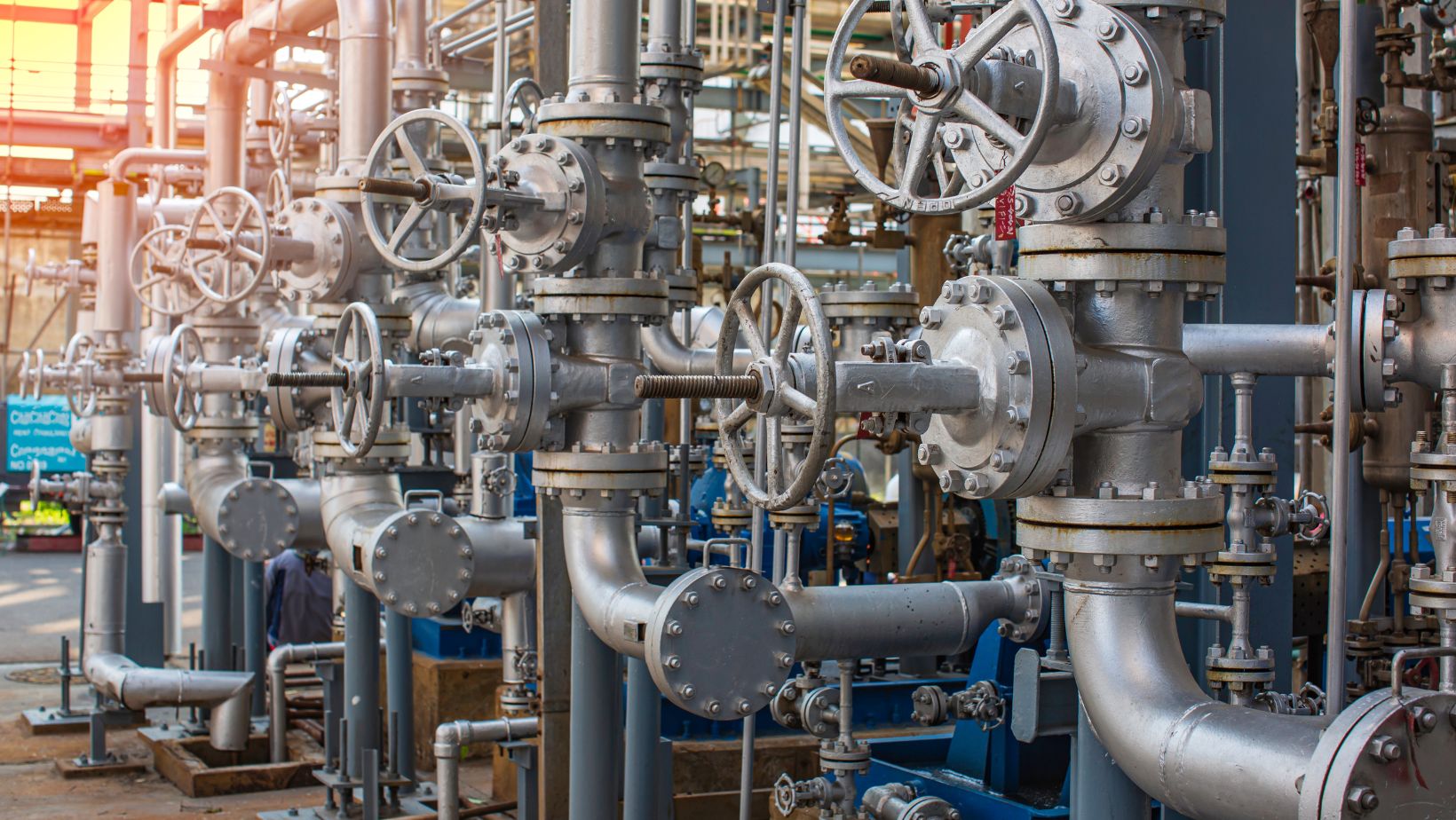
Recent environmental incidents underscore the need for spill prevention. Oil not only wreaks havoc on ecosystems but can also damage your reputation. As awareness of climate issues increase, the actual costs associated with oil spills cannot be overlooked – prevention is now a necessity. And truth be told, the future hinges on our ability to intervene before a calamity occurs.
Typically, oil stop valves are unique devices designed to halt the flow of oil in case of a spill. They are installed in drainage systems and feature smart sensors that identify the difference between oil and water. When the former is detected, the valve closes to prevent environmental contamination.
Real-world Applications
These valves are used extensively in industries like:
- gas stations
- airports
- manufacturing facilities
- transportation hubs

By containing spills at their source, you minimize cleanup expenses and ensure regulatory compliance across various sectors.
Beyond Containment: How Oil Stop Valves Prevent Disaster Before It Starts
Did you know that stop valves can actively avert disasters? They identify leaks and halt the flow, preventing contamination at its origin. This proactive measure protects the business reputation and prevents hefty fines. Of course, the costs associated with cleanup efforts are massive.
Where They Work Most: Key Locations for Oil Stop Valve Installation
- Industrial zones – protect against leaks that originate from storage tanks.
- Refueling stations- these devices contain a leak in case of fuel spills.
- Stormwater systems – they stop oil from getting into runways after intense rainfall.
The valves can easily be integrated into the current infrastructure and work effectively across various sectors.
Smarter Systems, Cleaner Tomorrow: The Role of Innovation
Recent advancements in oil stop valve technology prove that these systems are intelligent and dependable. While the valves feature self-activating designs, there is a need for human intervention.
These sophisticated valves utilize state-of-the-art sensors and come with buoyancy mechanisms. Such technologies minimize the response time. Additionally, these tools integrate seamlessly with remote monitoring platforms to facilitate real-time alerts.
The transition towards automation cannot be overlooked. The goal is to improve safety and swift spill response in refueling stations and industrial settings.
Regulations and Responsibility: What the Law Is Starting to Demand
As environmental regulations become stringent, proactive measures are necessary. Thankfully, these devices automatically detect stormwater systems and waterways. There are a few legislations that mandate the use of such technologies. Industries involved in the handling of oil and other harmful chemicals are obligated to implement such solutions.

The proactive installation of such devices enables businesses to adhere to regulations and mitigate environmental impact. This, in turn, prevents hefty penalties and reputational damage.
Final Thoughts: Future-Proofing Starts Now
Integrating stop valves across various industries may sound like a small upgrade, but it represents an impactful measure for sustainable resource management. These devices serve as an essential barrier against environmental pollution- they stop oil spills from contaminating the ecosystem. In addition to meeting regulatory requirements, they demonstrate a dedication to long-term sustainability. Even better, these systems are a cost-efficient option by lowering cleanup expenses.
Investing in stop valves is a wise decision that merges effective environmental protection with strategic business benefits, illustrating that even minor actions can have a massive impact.






